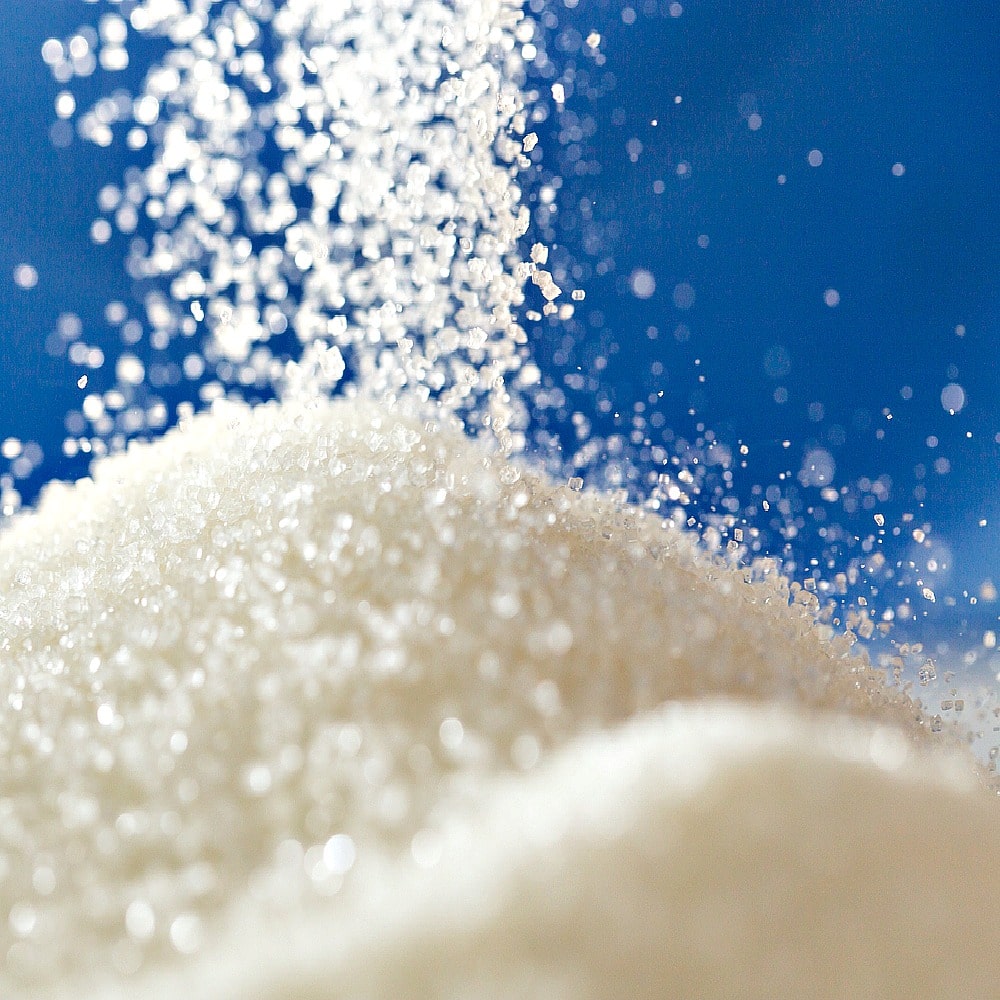Contrast agents are used to enhance imaging of tissues structures, while it enhances blood vessels and spaces between cells it does not reach the interior of the cell. Glucose is taken up and broken down in cells, tumor cells like glucose to feed their high energy needs. Observation of glucose metabolism activity may make it possible to identify solid tumors or aggressively growing tumor areas.
Over 60% of the body is made up of water, MRI is based on measuring signals from protons in water, making a clear picture able to be delivered; glucose is found at much lower levels. To make glucose visible an ultrahigh field scanner with 7 Tesla magnetic field strength and special method to reinforce glucose signal was used, making it possible to obtain glucose signal strength and visualize changes in glucose levels in brain tissue using a glucose solution injection.
Magnetic transfer effect is the underlying physical principle which has been known for decades but hasn’t been possible for use with glucose imaging in humans. Glucose protons signals are transferred to bodily water that is measured in MRI, effect is proportional to local glucose levels reflecting regional changes. Researchers have been able to observe changes of glucose signals in healthy brain regions and pathogenic changes in human brain cancer.
Positron emission tomography is the current method to visualize elevated glucose uptake in tumors for decades, requiring radioactively labeled glucose molecules to be used, exposing the patient to radiation; the new method does not involve patient exposure to radioactivity.
Questions still remain about the measuring method which are being pursued such as how the shares of measured glucose are distributed between extracellular spaces and vessels. If signal levels can be confirmed to originate from glucose in the cell interior it would be important information for tumor imaging and functional MRIs, enhancing therapy monitoring and planning.




